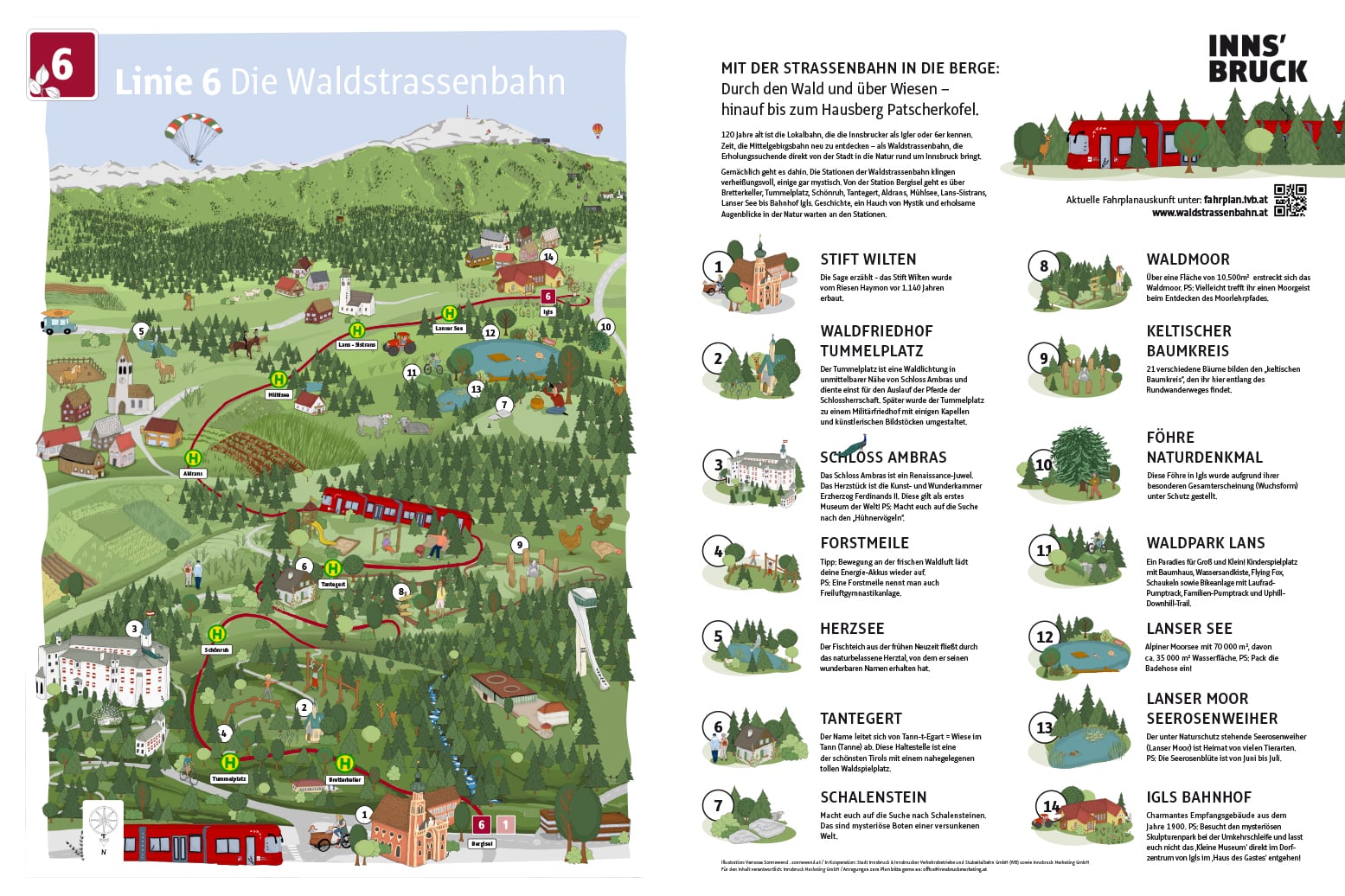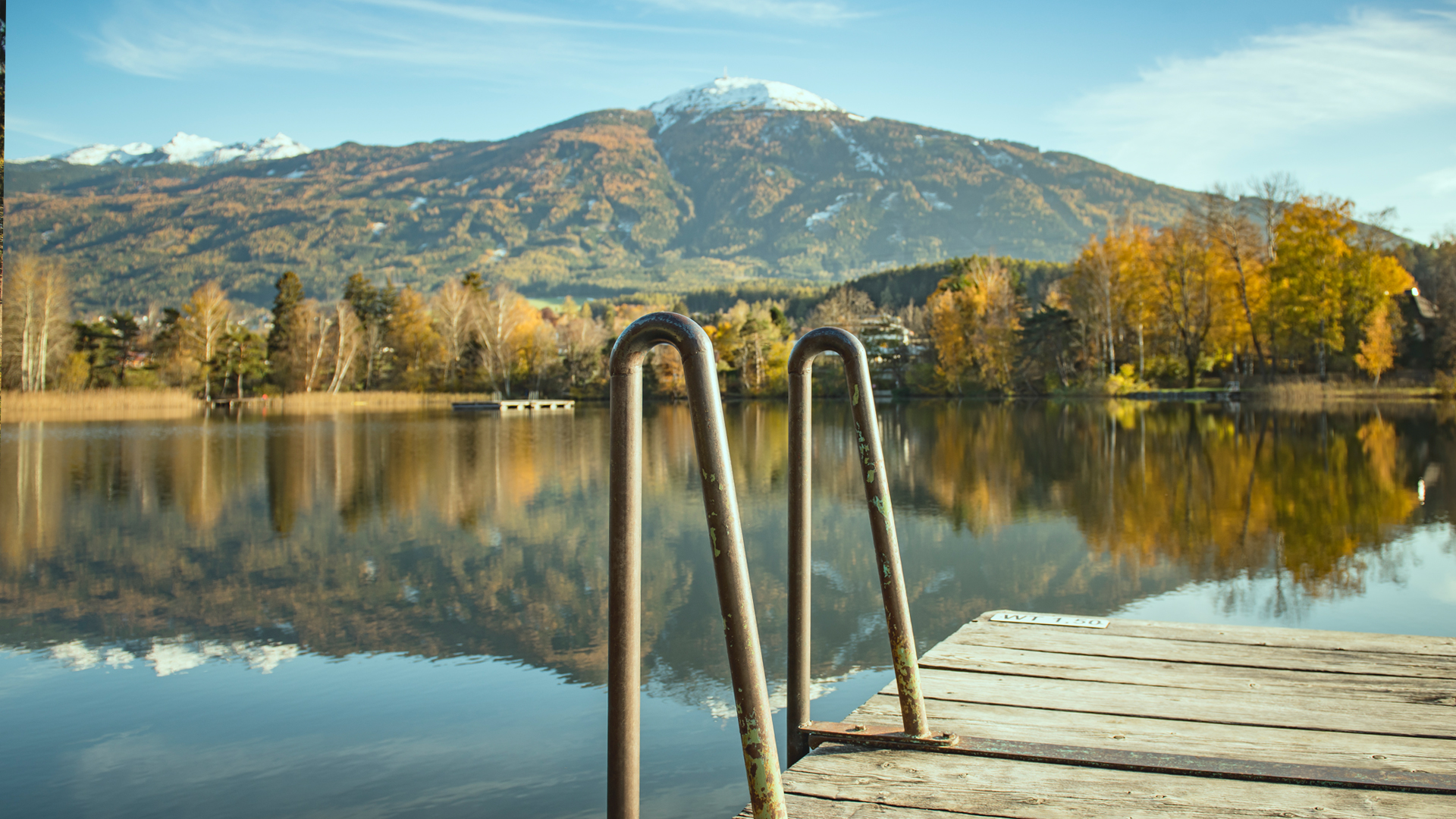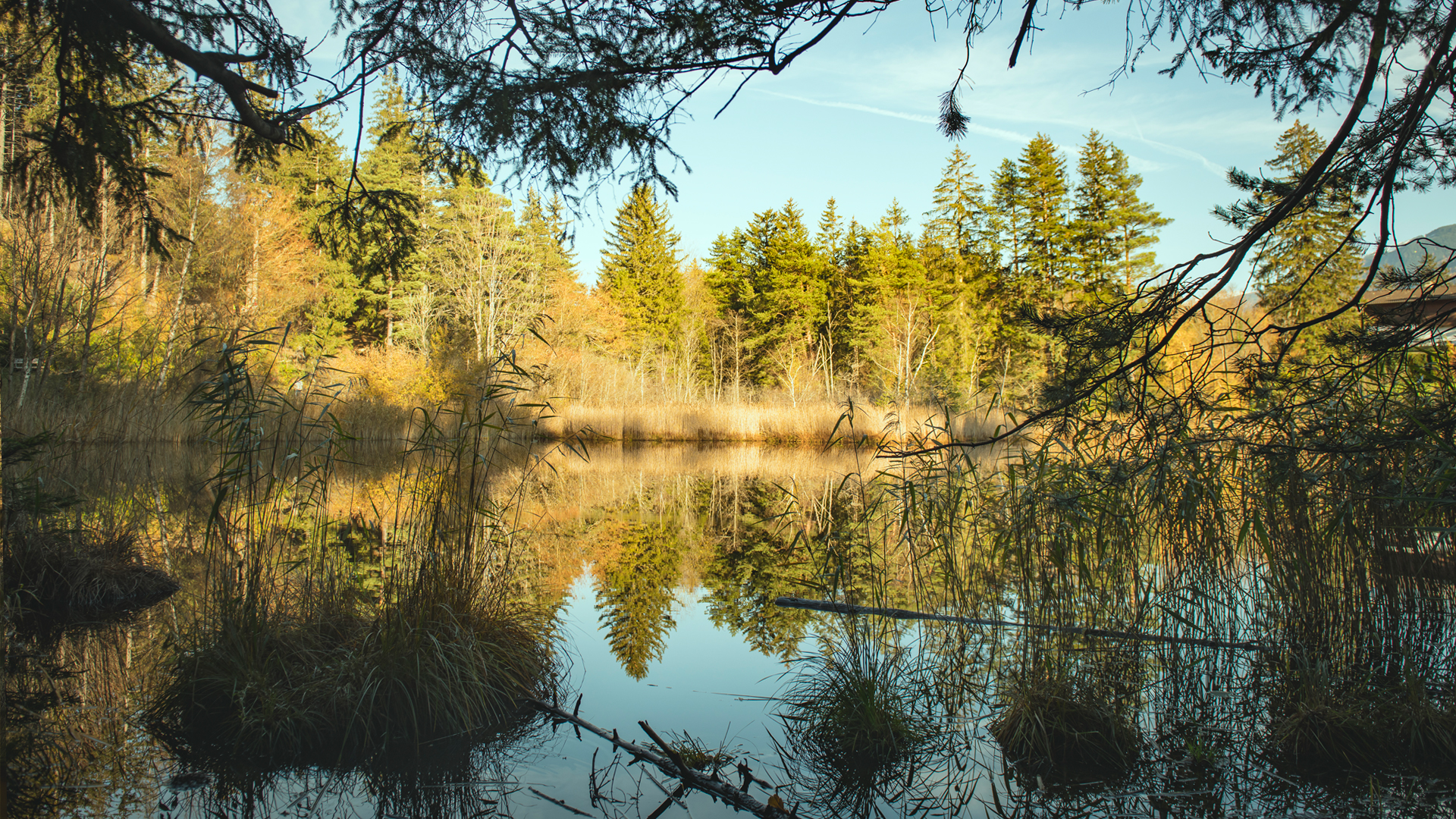The forest streetcar

Through the forest and across meadows - up to the local mountain Patscherkofel. the local railroad, which Innsbruckers know as the Igler or 6er, is 120 years old. Time to rediscover the low mountain railroad - as the WALDSTRASSENBAHN, which takes recreation-seekers directly from the city to the natural surroundings of Innsbruck.
RAILROAD STATIONS WITH SOUNDING NAMES
The stations of the Waldstraßenbahn alone sound promising, even exotic. They start at the Bergisel station and go via Bretterkeller, Tummelplatz, Schönruh, Tantegert, Aldrans, Mühlsee, Lans-Sistrans, Lanser See to the train station in Igls. And the station names keep what they seem to promise. History, mysticism and brilliant views. The resonant names are also fixed points for those who want to take walks through this unique landscape.
ABOUT THE FOREST TRAMWAY
The 8.362-kilometer-long meter-gauge interurban tramway was originally licensed as a local or small railroad. It provides access to the Paschberg, located southeast of Innsbruck on the low mountain range. The line was opened in 1900 and has since connected the Innsbruck district of Wilten with the villages of Aldrans, Lans, Sistrans and Igls.
Formerly an important means of local transport, it is now an excursion railroad to the popular urban recreation area. 'The WALDSTRASSENBAHN is a treasure in Innsbruck that is rarely found in such a form in all of Europe,' we quote a former conductor and ardent fan of the railroad.
Now the task is to preserve this gem and this can only be done if the importance and uniqueness of this railroad is rediscovered and lived by the locals and guests!
The timetable
Taking the public transport through Innsbruck is always worth a trip. Click here for the general timetable of the IVB including line 6:
The treasure map
The WALDSTRASSENBAHN chugs along comfortably. There are many treasures hidden along its route that are waiting to be discovered!
Treasures
'Not every treasure is silver or gold'! Here you can find two heads and three lakes and many a rarity. We are happy to receive photos and tips!
Wilten Abbey
Stift Wilten is a monastery founded in 1138 in Wilten, at the foot of the Bergisel. The monastery building stands on the ruins of the Roman settlement 'Veldidena'. Found Roman bricks, coins and wall remains bear witness to this period. The founding legend of Wilten Abbey goes back to the feared giant Haymon. Legend has it that a giant named Haymon defeated the giant Thyrsus in a duel. Two statues in the entrance of the monastery commemorate this legend.
Forest cemetery romping place
The Tummelplatz is a 5,800 m² forest clearing located above the Innsbruck district of Amras and in the immediate vicinity of Ambras Castle. The name 'Tummelplatz' is said to derive from the fact that the quiet place of contemplation used to be used for the exercise and riding of riding horses or for horse games of the sovereign lordship of the castle. Today it is a military cemetery with its own chapels and artistic wayside shrines - an absolute memorial jewel.
Ambras Castle
Ambras was the castle of the Counts of Dießen-Andechs, whose ancestors resided there ad umbras (in the shade) as early as the 10th century. Ambras Castle Innsbruck is one of the most beautiful sights in Austria. A Renaissance jewel with famous armories and the chamber of art and curiosities of Archduke Ferdinand II, the world's first museum is located here and has captivated many a visitor.
Forestry Mile
The Amras Forest Mile 'Fit 2000' is the ideal fitness offer in the vicinity of the city of Innsbruck. Over 40 panels provide clear information - from light stretching to pull-ups, from balance exercises to a 1,000m run. This forest mile - formerly called outdoor gymnastics facility - offers everything that exercise-hungry people desire.
Heart Lake
The Herzsee lake belongs to the municipality of Aldrans. The fish pond from the early modern times is located in a wooded area and drains through the natural Herztal valley, from which it got its wonderful name. Above in the forest is the memorial place 'Maria im Walde' - a special place with a group of picture trees.
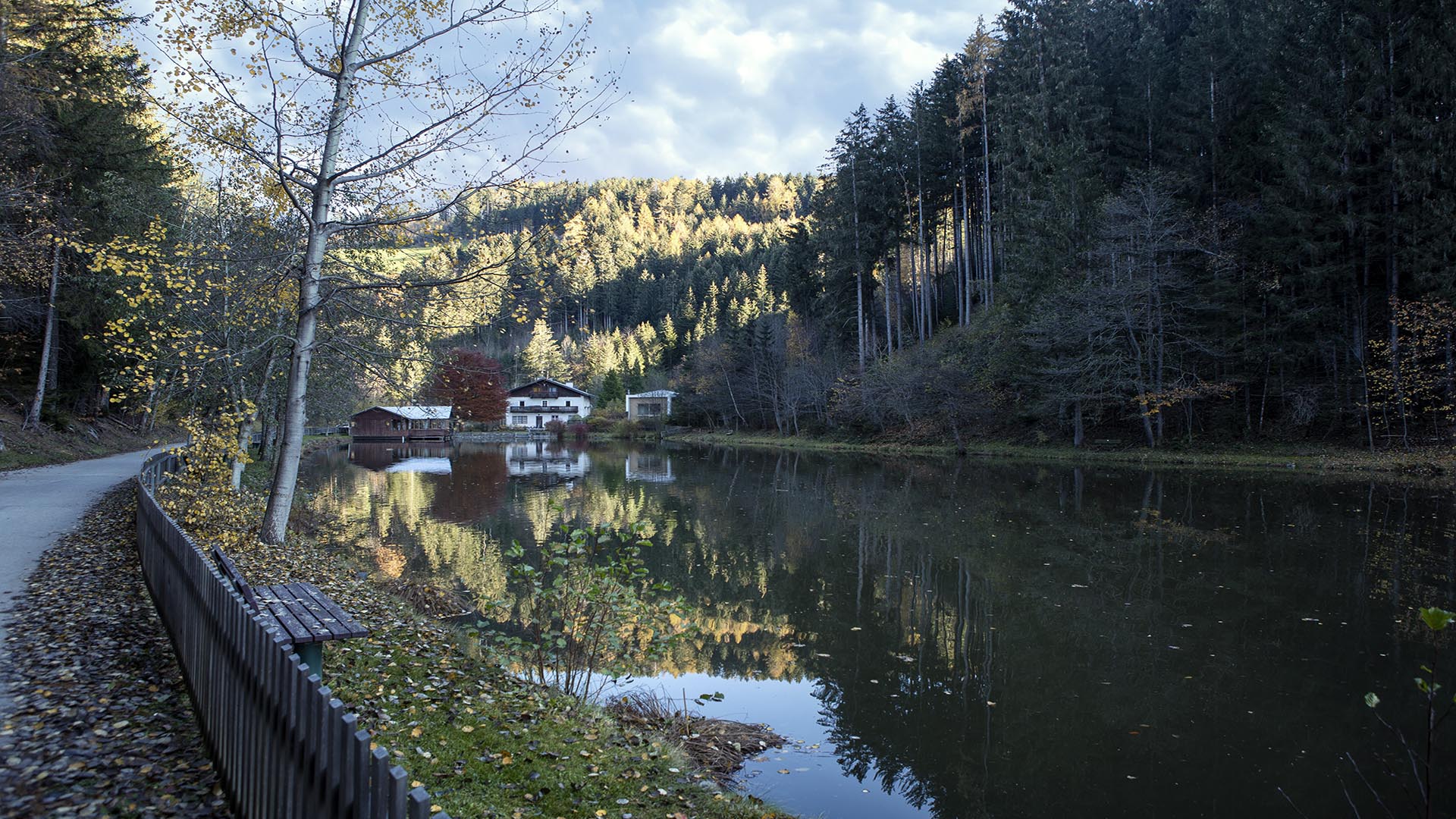
© Manuel Wanker
Tantegert
The name is derived from Tann-t-Egart, which means 'meadow in the fir tree'. So the name has nothing to do with any aunt. This area is especially interesting for prehistorically interested hikers (see also the item 'Schalenstein'). In summer, the former railroad caretaker's cottage stands in a veritable sea of flowers lined with stoa mandln. A feast for the eyes along the railroad line.
Shell stone
Over thousands of years, the messages of the stones are still present today. They come from a past that knew neither writing nor numbers. The messages themselves are hole-like depressions in stones with the shape of 'bowls'. The reason why so many bowl stones are found here is probably due to the popularity of this wonderful area - already in the times of the Stone Age hunters. The proverbial 'divine' mountain panorama probably did its part to ennoble this spot of earth.
Forest Bog
The Tantegert forest mire complex is a mire area of about 1.5 hectares on the Paschberg in Amras. Over a period of months, the Office for Forests and Nature has lovingly restored this sensitive biotope complex with numerous measures, thus creating the prerequisite for the moor to renaturalize. Here - together with the Celtic Tree Horoscope - an area has been created that is unique around Innsbruck.
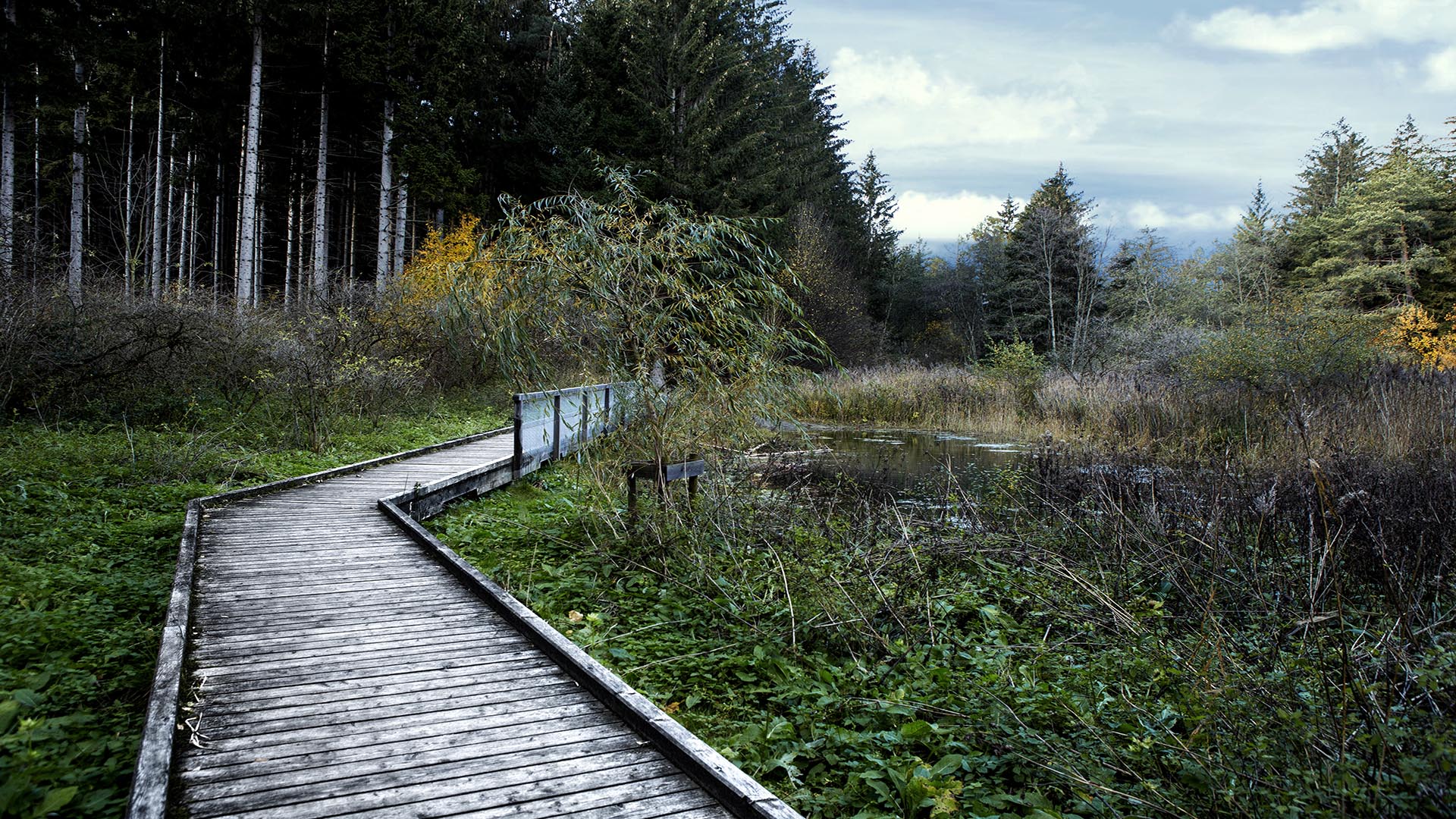
© Manuel Wanker
Celtic Tree Circle
The Celtic tree circle consists of 21 trees. This number results from the Celtic conception that every tree is built up threefold (root, trunk, crown), and consists of 7 parts (root, trunk, bark, branches, leaves, blossoms, fruits) - multiplying these two numbers results in the number 21 - the 21 trees of life of the tree circle.
Natural monument pine
This treasure is difficult to find, but it is worth it. The pine tree in Igls was placed under nature protection due to its special overall appearance (growth form). The preservation of natural monuments due to their rarity, peculiarity or beauty is of public interest. In Tyrol there are 258 registered natural monuments.
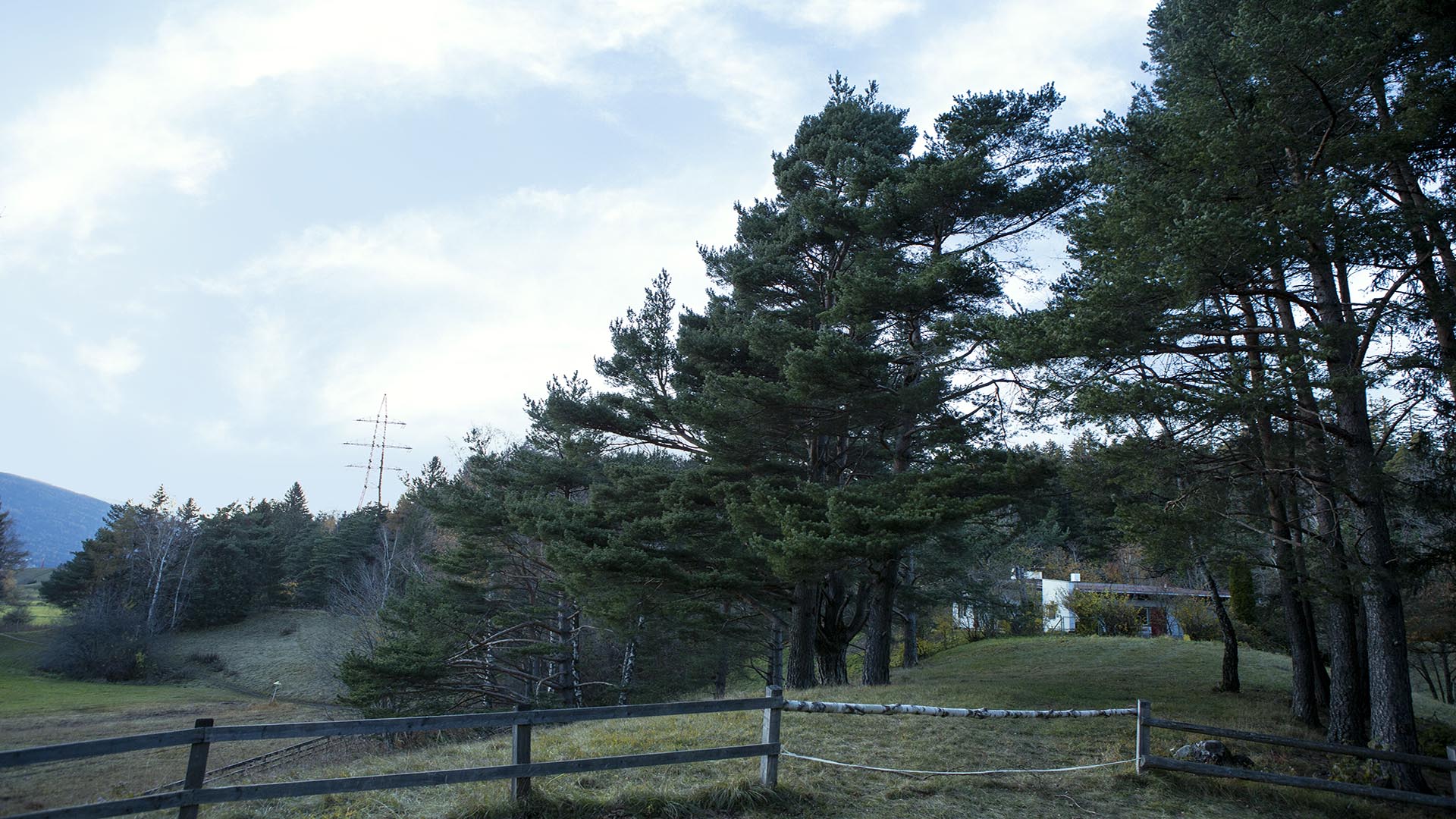
© Manuel Wanker
Forest Park Lans
A paradise for young and old! Children's playground with tree house, water sandpit, flying fox, swings and bike facility with running bike, pump track, family pump track and uphill downhill trail. More info about this great facility at Forest Park Lans.
Lake Lans
The Lanser See is located west of Lans below the Lanser Kopf. The alpine moor lake has 70,000 m² and 35,000 m² of water surface. In terms of its formation, Lanser See is a dead lake, which means that it was formed by the melting of a sediment-covered body of ice from the end of the Ice Age that was located at this site.
Lanser Moor - Water Lily Pond
The Lanser Moor - also called the water lily pond - is located north above the Lanser See at the Paschberg in the municipality of Lans. The natural monument with an area of 4,000 m² can hardly be surpassed in beauty. The unique water lily bloom is from June to July.
Igls train station
Charming reception building from 1900. The mysterious sculpture park at the reversal loop is worth a visit. From there you can visit the 'Small Museum' in the village center of Igls on foot. On display here are excavation objects from the Goldbichl archaeology trail with Bronze and Iron Age finds, a Christmas crib with hand-carved figures, the traditional Huttler costumes and masks, and a winter sports exhibition.
